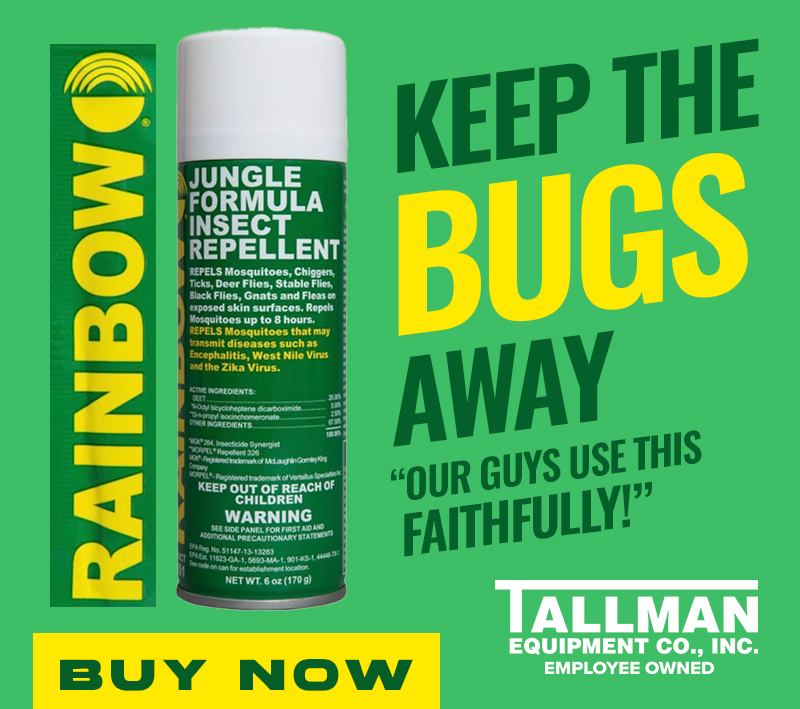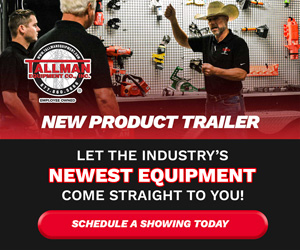Does your organization have the capacity to achieve sustainable excellence in safety performance and culture?
For excellence to become a reality in any important area of operations, especially safety, there are five vital capacities that organizations must develop, monitor and synergize to adapt and thrive in a fast-paced and ever-changing world: system, leadership, engagement, cultural and strategic. Based on extensive cross-industry research and decades of experience leading change in all major industries, this article introduces the model titled “Five Core Capacities for Sustainable Safety Excellence.”
System Capacity to Prevent and Recover
For a long time, safety efforts primarily focused on preventing unwanted events and gave little room for what happens if things do not go according to plan. To mitigate hazards and risks that might be faced in the performance of work, a hierarchy of controls (elimination, substitution, engineering controls, administrative controls and personal protective equipment) is deployed. Despite these prevention systems and a strong culture, work doesn’t always go according to plan. How work is planned is often different than how work is done.
Every day, there are deviations from expectations in performance and results, and humans are fallible. Mistakes should be expected to occur in complex environments. Knowing and preparing for this, those organizations pursuing safety excellence create the capacity to prevent unwanted outcomes as well as the capacity to recover when deviations and mistakes occur, minimizing the resulting severity and/or bringing the operations back to the pre-event state.
Leadership Capacity
Organizations focused on safety excellence invest in their people leaders at all levels, especially on the front line. This is done to develop and continuously improve their competency and confidence in aligning their teams and crews with the occupational and safety culture and the systems necessary to prevent and recover from unwanted events. These leaders work to align performance and results expectations and, through a coaching leadership style, regularly monitor work performance and embrace their responsibility to help remove obstacles and barriers to success.
To create a learning organization, these leaders intentionally create psychological safety with their team, allowing for observations and conversations that yield an understanding of error traps and what might produce an error-likely situation. With this insight, they proactively seek opportunities to learn from a deviation from expectations before they produce incident, damage or injury.
Engagement Capacity
Engagement is the desire to perform that workers bring with them each day. It’s their attitude toward their work, peers, boss or bosses, the organization, the objective at hand and so forth. Stripped to its essence, true engagement is intrinsic motivation, an individual’s desire to complete the work to the best of one’s ability and feel proud of what they, their fellow workers and the organization are accomplishing. Positive engagement moves from buy-in to willing participation to self-ownership, finally arriving at shared ownership, the highest form of engagement.
On the journey to safety excellence, leaders building this capacity monitor what might either demotivate or motivate their people. Decisions are made against the question, “Will this further or hinder our efforts to create real engagement?” Rather than pursuing extrinsic motivators like incentives or threats, these leaders work to improve their management systems and the employee experience, yielding a constant improvement in observed discretionary effort.
Cultural Capacity
Culture can be defined as the common beliefs that govern common behaviors. It is more than “the way we do things around here.” It is also the why. Safety culture (beliefs, behaviors and experiences specific to safety) is just an aspect of occupational culture. That said, everyone has a safety culture, although perhaps not the one they desire. Leaders developing a culture of excellence are intentional about the culture they pursue. A vision of safety excellence is created that includes the most important beliefs and behaviors that would be common when their ideal culture is achieved.
What people do when the boss is not around is an aspect of every occupational culture, as are the experiences new employees have after hiring and onboarding. These leaders work to acclimate new members to the desired written and unwritten rules and desired beliefs, behaviors, experiences and stories; the tribe members look out for each other, regardless of tenure or title. Leaders also recognize employees must have experiences that are desirable beyond safety exchanges. A holistic approach is undertaken, focusing on the broader occupational culture, and the strategy to achieve safety excellence becomes intertwined with the overall strategy for the trajectory of the business.







0 Comments